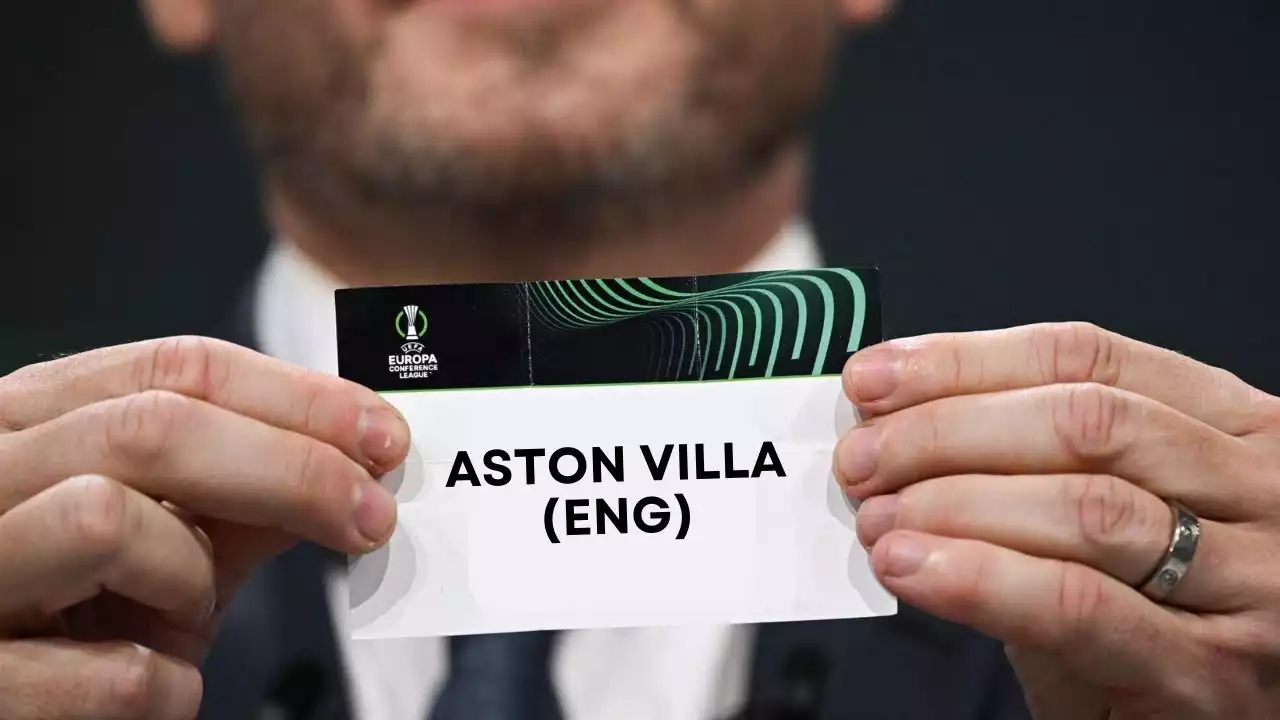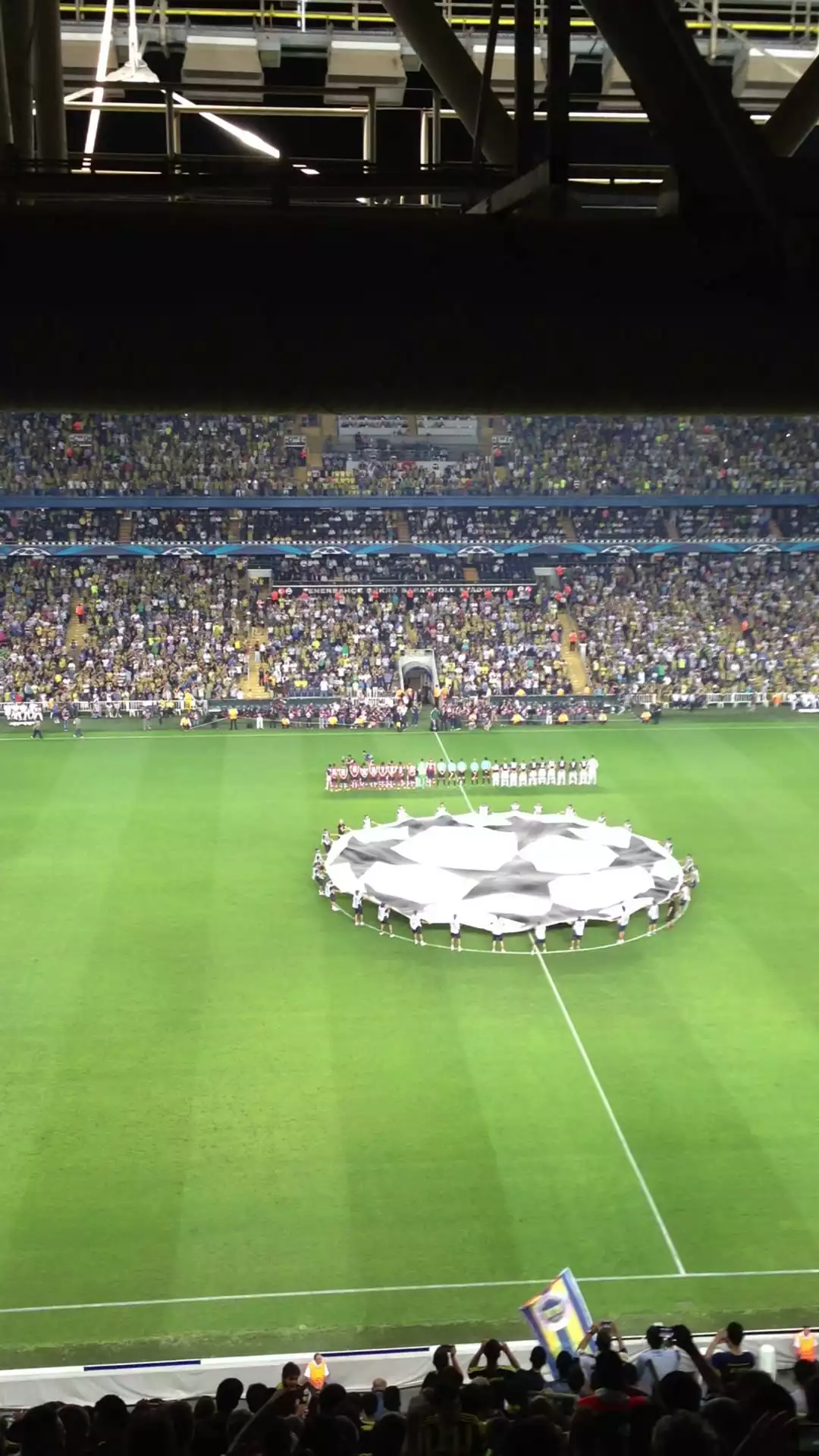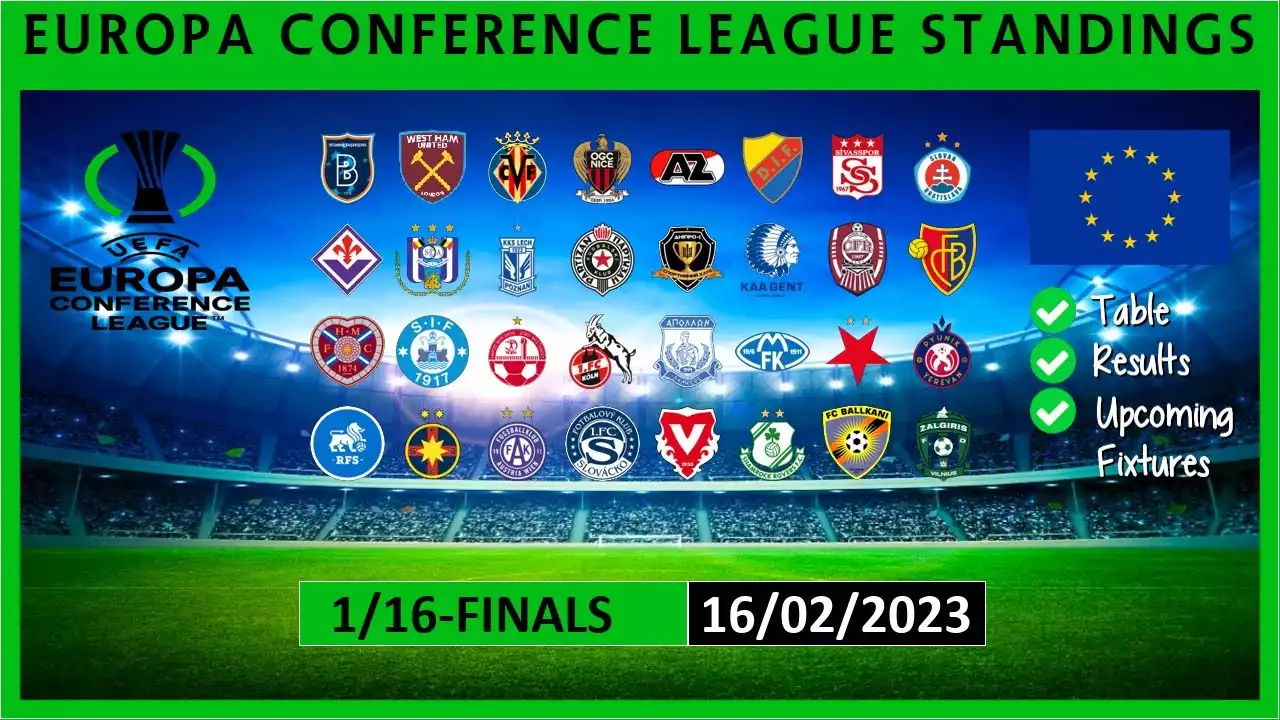What is the seeding system?
The seeding system is a method used to determine the matchups in a tournament, ensuring that teams of similar strengths face each other in the early stages. It aims to create a fair competition and provide exciting matchups for fans. In the Europa Conference League, the seeding system plays a crucial role in setting the stage for the tournament.
Importance of the seeding system in the Europa Conference League
The Europa Conference League, introduced by UEFA in the 2021-2022 season, provides an opportunity for clubs from less prominent footballing nations to compete on a European stage. The seeding system plays a vital role in ensuring that these clubs have a fair chance to progress in the tournament.
By using a seeding system, teams are grouped based on their performance in their domestic league and European competitions from previous seasons. This method ensures that teams of similar strengths are pitted against each other in the early stages, increasing the chances of competitive matches and reducing the likelihood of one-sided encounters.
How does the seeding system work?
The seeding system in the Europa Conference League takes into account various factors to determine the seedings of participating teams. These factors include a team's performance in their domestic league, their performance in previous European competitions, and their coefficient ranking.
Teams that have performed well in their domestic leagues and have a strong track record in previous European competitions will receive higher seeds. On the other hand, teams from less prominent footballing nations or those with a weaker performance history will have lower seeds.
Factors considered in the seeding process
The seeding process in the Europa Conference League takes into account several key factors. Firstly, a team's performance in their domestic league is crucial. The higher a team finishes in their league table, the higher their seed will be in the Europa Conference League.
Additionally, a team's performance in previous European competitions is taken into consideration. Teams that have advanced far in previous European tournaments, such as the UEFA Champions League or the UEFA Europa League, will receive higher seeds in the Europa Conference League.
Another factor considered is a team's coefficient ranking. UEFA calculates coefficients based on a team's performance in European competitions over a certain period. The higher a team's coefficient, the higher their seed will be in the Europa Conference League.
Controversies surrounding the seeding system
While the seeding system aims to create fair competition, it is not without controversy. Critics argue that the system can sometimes favor teams from more prominent footballing nations, as they have a stronger track record in previous European competitions. This can lead to a perceived imbalance in the draw, with teams from less prominent nations facing tougher opponents in the early stages.
Another point of contention is the reliance on coefficient rankings. Critics argue that these rankings are based on past performance and do not necessarily reflect a team's current strength. This can result in teams with a lower coefficient being placed in higher seeds, leading to potentially unbalanced matchups.
Strategies for teams in lower-seeded positions
For teams in lower-seeded positions, the seeding system presents both challenges and opportunities. While they may face tougher opponents in the early stages, they also have the chance to make a name for themselves by defeating higher-seeded teams.
These teams can adopt various strategies to maximize their chances of success. One strategy is to focus on a strong defensive structure, making it difficult for higher-seeded teams to score goals. Another strategy is to exploit their opponents' weaknesses and capitalize on counter-attacking opportunities.
Impact of the seeding system on match outcomes
The seeding system has a significant impact on match outcomes in the Europa Conference League. By ensuring that teams of similar strengths face each other in the early stages, the system increases the chances of competitive matches and reduces the likelihood of one-sided encounters.
Fans can expect thrilling and closely contested matches, as teams will be more evenly matched. This adds an element of excitement to the tournament and keeps fans on the edge of their seats.
Evolution of the seeding system in the Europa Conference League
The seeding system in the Europa Conference League has evolved over time. UEFA has made adjustments to ensure a fairer competition and address any perceived imbalances in the draw.
The introduction of coefficient rankings and the emphasis on a team's performance in its domestic league have helped create a more accurate representation of a team's strength. UEFA continues to review and refine the seeding system to enhance the overall quality of the tournament.
Understanding the seeding system in the Europa Conference League gives football fans a deeper appreciation for the competition. It adds another layer of excitement as fans analyze the matchups and anticipate the outcomes of each game. As the tournament progresses, the seeding system continues to shape the narrative, creating thrilling encounters and memorable moments in the world of European football.
As the Europa Conference League grows in popularity, the seeding system will play an increasingly important role, ensuring that the tournament remains competitive and captivating for fans around the world.






.png?size=50)



